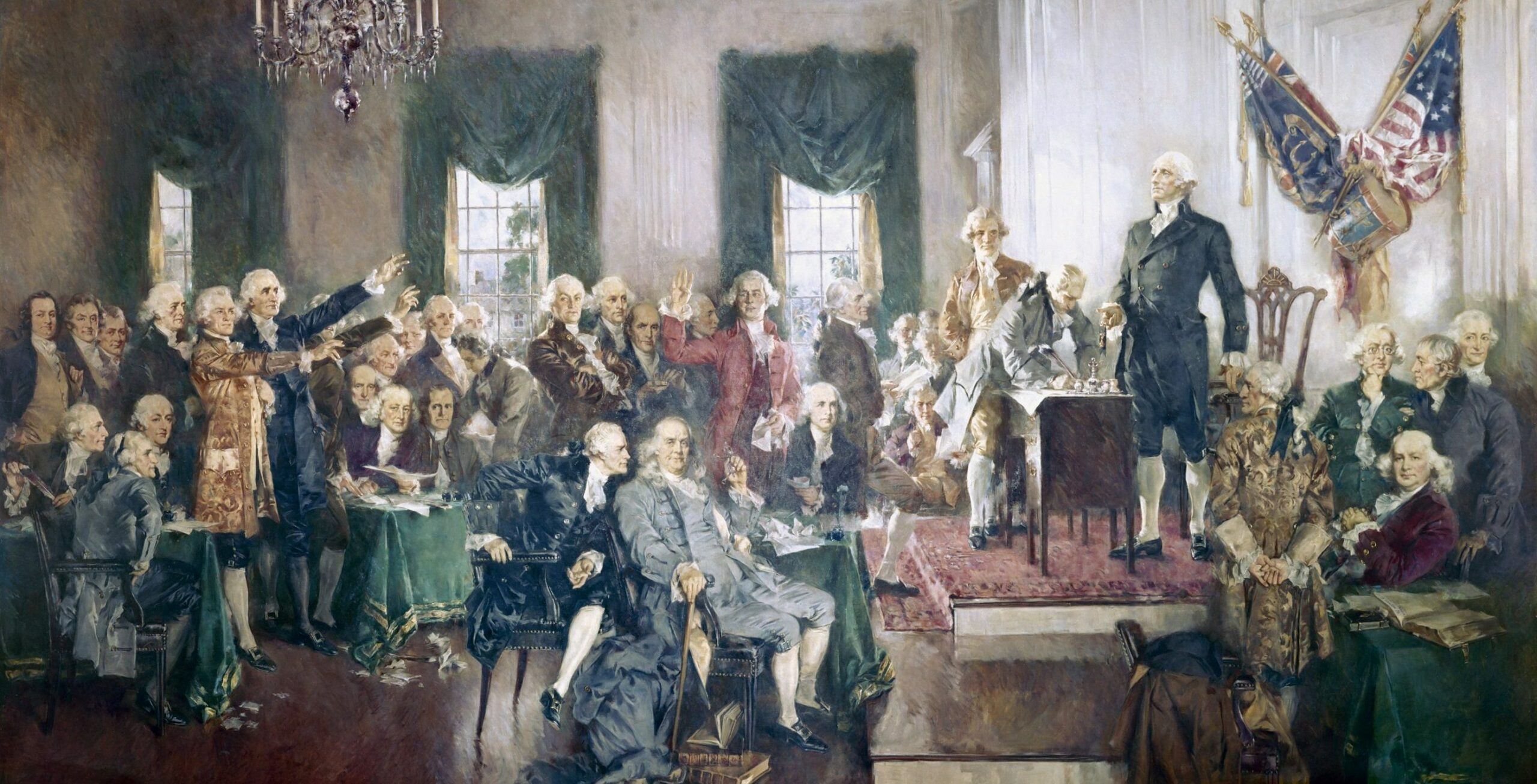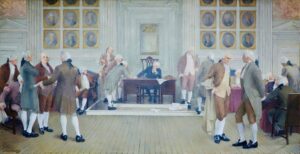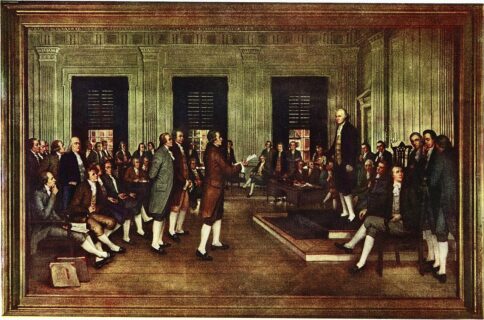
Reenacting the Constitutional Convention
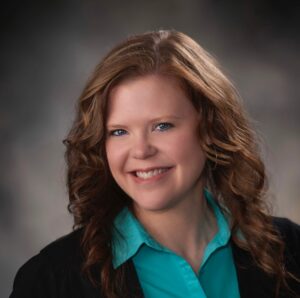
When former students contact eighth grade American history teacher Melanie Stuthard, they always ask, “Do you still hold a Constitutional Convention in your class? Please tell me you do!”
They all recall becoming one of the historical characters who spent the summer of 1787 hammering out our framework of government. They remember their pride of accomplishment after researching their roles—and the fun of debating their classmates.
Many also remember that today’s political disagreements began in the debates they reenacted as thirteen and fourteen-year-olds.
Why Reenact the Constitutional Convention?
“Years ago, I wrote my own curriculum, because I wanted to tell the story of history through the words of the people who lived it,” says Stuthard, who teaches American history from 1607 to 1877 at Revere Middle School in Bath, Ohio (a suburb northwest of Akron). Stuthard drew the readings for her curriculum from the primary sources she studied in the Master of Arts in American History and Government (MAHG) program. She is a 2016 graduate, and a 2013 James Madison Fellow.
Yet even before rewriting her curriculum, Stuthard experimented with role-playing. What if students tried to enact the point of view of particular founders? Would this help them grasp the issues at stake during the founding?
That was twenty years ago. Now Stuthard’s Constitutional Convention occupies a full month of the school year. “It’s the most important thing, so I spend a lot of time on it.” Before tackling the convention, “We spend quite a bit of time on the thought of those who fought the Revolution. The kids are ready to see how that translates into a new country and political system.”
Stuthard Assigns Convention Delegate Roles Strategically
She acts as George Washington, presiding over the convention. She gives each student a carefully chosen delegate role. Some students, especially those who take the role of an anti-federalist—decidedly a minority view at the convention—need to be “very brave, willing to put themselves out there and be the underdogs.” Others, like those who play the roles of James Madison or Elbridge Gerry, engaging in every debate in Stuthard’s convention, need a real facility with words. The student who portrays Alexander Hamilton needs a thick skin, since Stuthard’s students always attack Hamilton’s plan for a strong national government with a president for life. (After students react to Hamilton, Stuthard interrupts the proceedings to tell them that in 1787, “delegates thought Hamilton’s plan so crazy that they responded to his speech with embarrassed silence.”)
All Stuthard’s students expect—at first—to “have nothing in common with the delegates they will portray.” Those assigned the roles of the South Carolina delegates are “really nervous,” and try to decline the roles. Stuthard says, “I am asking you to act. If you don’t take the pro-slavery point of view, those who oppose slavery will have nothing to speak against.” She knows that by the time of the convention, even these students will manage to represent the Southern perspective. “They will point out that all the states are profiting from slavery. The North is using products sold cheaply because they’re not paying for labor; and slave laborers are imported by northern merchants through northern ports.”
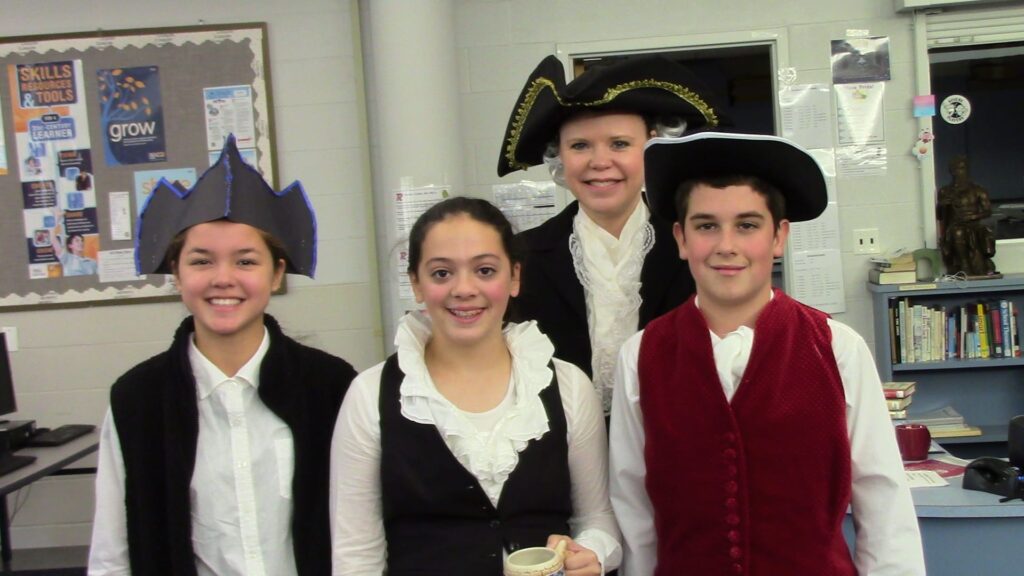
Students Research Their Roles, Learning the Value of Books
But first, students must research their roles. Rather than giving them detailed descriptions of the debates the convention will cover, Stuthard gives them an electronic worksheet summarizing each issue in a sentence or two. Below each summary is a large empty block that students fill with comments their delegate made at the convention about that particular issue.
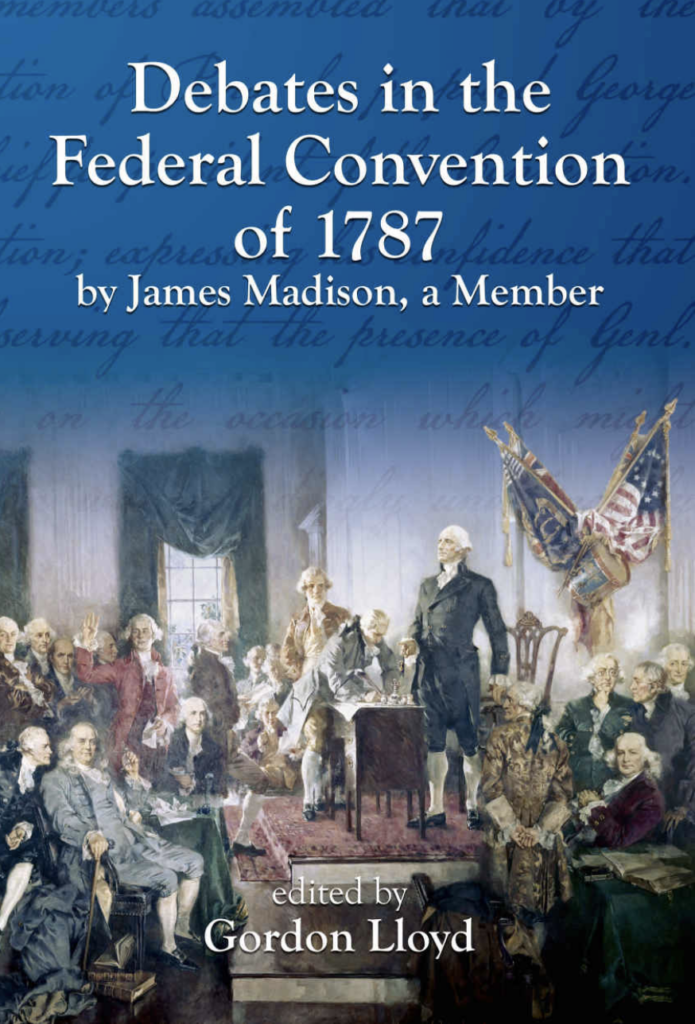
When Stuthard first designed her convention, her students relied on secondary histories to research their characters’ opinions. Students given the roles of lesser-known delegates had trouble locating information. Then Stuthard began reading the primary sources for the Founding course in MAHG. “I started thinking, my eighth graders can understand these—if I help them along.” Now, her students mine Madison’s Notes of Debates in the Federal Convention of 1787 for information. They gasp when Stuthard holds up Adrienne Koch’s 700-page edition (Ohio University Press, 1987). “But I explain that in the back, there’s an index to all the delegates. So, you just look up your guy’s last name, then search the topics mentioned under it.” Soon her students are fighting over her twelve classroom copies of the book.
She gives them access to a pdf of Gordon Lloyd’s more recent edition of Madision’s Debates, which lacks the index but is searchable by delegate using the Command-F tool. This allows students to continue their research at home. “They learn the value of books for research. Today’s kids think they can Google anything. I tell them, ‘You will not find what you’re looking for through an internet search.’”
She also asks students to consult certain primary resources written after the Convention that clearly articulate the concerns the founders discussed. She gives them a collection of Federalist papers bound together with notable Antifederalist papers. Its table of contents lists each paper’s topic next to its title or number. “So now they are learning to use the front of a book. I tell them to skim through these topics, looking for a paper that discusses a topic their delegate will debate.” She explains, ‘If you see the phrase, ‘Dangers from foreign forces,’ you should think, ‘that’s probably a good argument for why we need to strengthen the federal government.’ Look at that paper. But once again, skim. Eventually you’ll hit on a sentence that states the main point. Copy that to your worksheet.’
Students Figure Out the Issues that Mattered to Their Delegate
Then students work to fully understand what they’ve copied. “I tell them, ‘If you think you’ve found something useful, read it through multiple times. Try to figure out yourself what your writer is talking about. If you still don’t quite understand it, ask a classmate to read it and explain it to you. If they cannot, then come and ask me.’ One way or another, they figure it out, and then they are amazed at themselves.”
As students grasp their delegate’s ideas, they realize why certain issues mattered to that delegate. They start to understand the issues at stake in the convention.
Finally, the convention begins. Stuthard divides it into seven debates:
- Whether a new constitution is needed, as federalists propose, or could pose threats to liberty, as anti-federalists think.
- Which constitutional plan is best, especially with regard to the apportionment of representatives. This debate culminates in the Connecticut Compromise.
- How legislators and public officers will be elected or appointed, and their terms of office.
- Whether the constitution should place any limits on slavery.
- Whether and when Congress might end the importation of slaves from overseas.
- Whether the enslaved population should be counted in the apportionment of Congressional representatives.
- Whether to add a bill of rights to the completed draft of the Constitution.
Students enter the debates to voice the ideas their delegates voiced in 1787. They’ve prepared speeches representing their delegates’ main contributions, sometimes using direct quotations, sometimes not. They ad lib rejoinders to the speeches of their classmates.
The Themes of the Constitutional Convention Still Matter
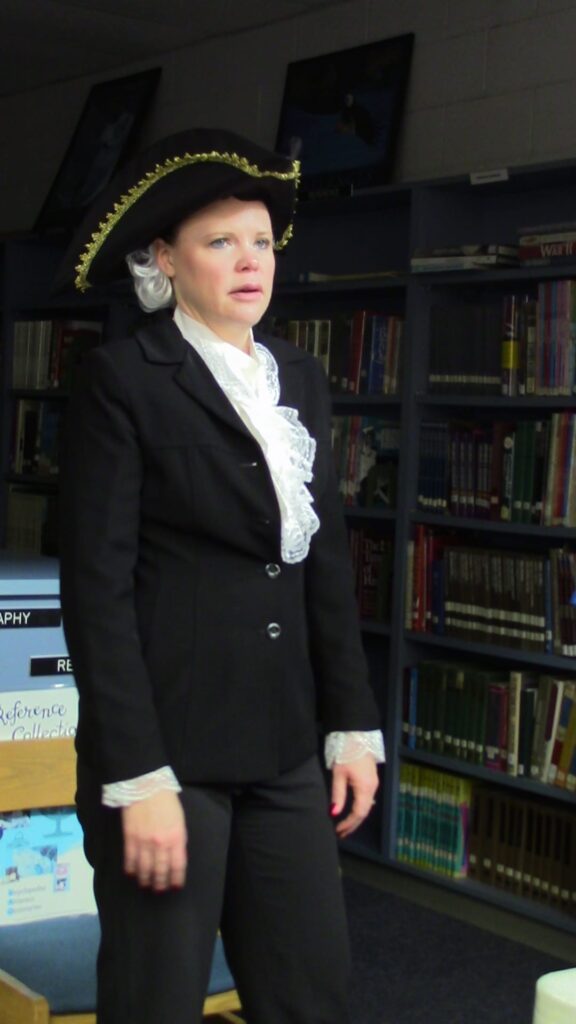
“These themes persist, because human nature doesn’t change,” Stuthard says. As her students become voting adults, they’ll see the imprint of history in the decisions they face.
The reenactment is structured so that the outcome of the debates matches the historical outcome. Yet students argue as if the outcome is unknown. “After watching the first debate,” Stuthard said, “my student teacher commented on a kid representing the anti-federalist position. ‘I cannot believe how willing he was to die on the hill of his position! And yet when the project began, he complained that you gave him an anti-federalist role.’ They transform themselves into their characters, then try to demolish opposing positions.”
By the end of the convention, students understand how the delegates reached compromise. They’ve probed tensions that will erupt later, especially between those who do and do not use slave labor. They realize that other questions they debated are “still in the news,” such as states’ objections to federal overreach or how to restrain a too powerful branch of government.

